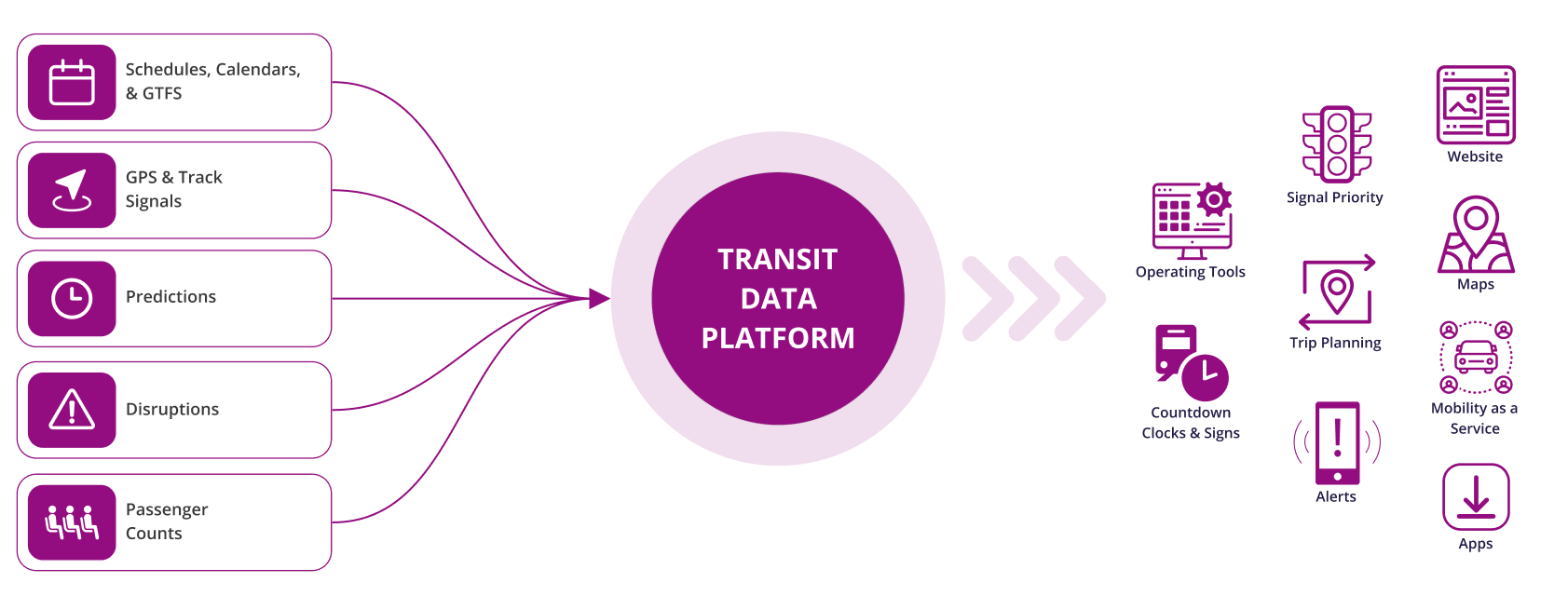It’s time to uncover the unmet needs of your ridership. Through expert user experience research, we help agencies prioritize based on the highest impact, paving the way for a more equitable and accessible transit experience–that also increases ridership.
Chart your current technical terrain with support from TransitOPS, your innovation expert resource. Together, we’ll navigate transit tech intricacies, pinpoint redundancies, uncover unnecessary complexity, and find opportunities to provide riders with the most accurate and timely information.
“Let’s keep our software and change our vendor!” will be your new technology mantra as you embrace modern open-source transit systems, open standards, best practices, and contract terms that put your agency in control of the critical systems that riders and operations staff rely on.
TransitOPS is a non-profit organization that provides services to public transit agencies that modernize technology, reduce vendor lock-in, and lower costs.
The TransitOPS transit data platform gets schedule changes, travel diversions, vehicle locations, arrival times, and unplanned disruption information to riders quickly, improving service and customer experience.
Combining transit data to support better service

Frequently this data exists in separate silos making it difficult to combine to support better service. Some may be in proprietary vendor software, managed by different teams within an agency, or not collected in the first place. Getting the data to the right locations can be a spaghetti-like mess.
The TransitOPS Data Platform provides the infrastructure and software to ingest this data, process it into consistent formats (such as GTFS and GTFS-RealTime), and publish it to riders and staff. The data gets monitored and observed so that agencies notice data issues before their riders do. This platform allows consistent real-time data everywhere from public transit websites to 3rd-party apps, holding vendors accountable and freeing up staff for higher-value work.